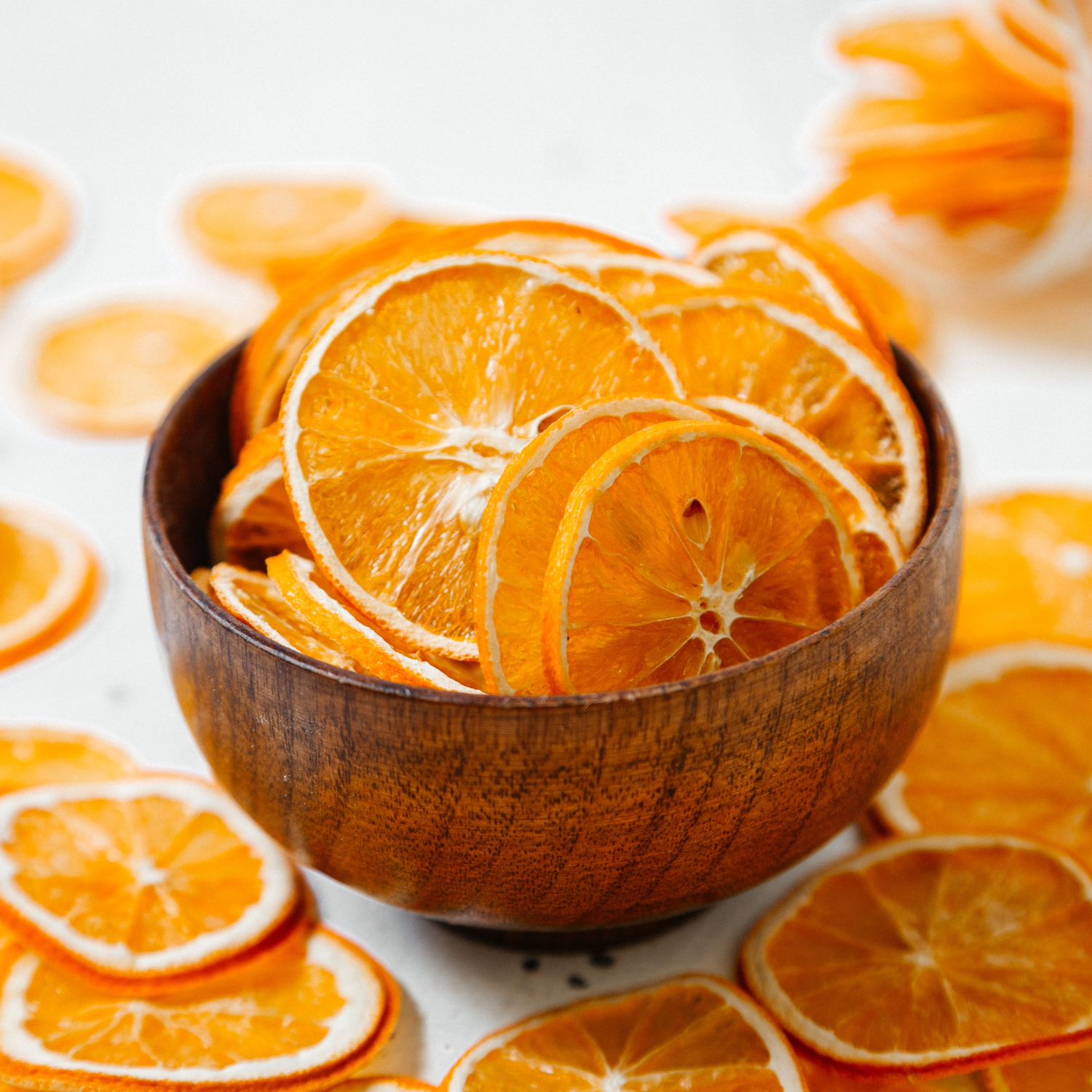Processing tangerines involves transforming fresh tangerine fruits into various products. Here’s an overview of the steps involved in tangerine processing

Step
- Harvesting: Harvest tangerines when they are fully ripe and have developed their characteristic color and flavor. Gently pluck the fruits from the tree to avoid damage.
- Washing and Sorting: Thoroughly wash the harvested tangerines to remove any dirt or debris. Sort the fruits based on their size, color, and quality, discarding any damaged or unripe ones.
- Peeling: Peel the tangerines by making a small incision or cut near the stem end. Carefully remove the skin to expose the juicy segments inside. Remove any seeds if present.
- Processing Methods:
- Fresh Consumption: Enjoy tangerines fresh as a healthy and refreshing snack or add them to fruit salads, desserts, or beverages.
- Juicing: Extract the juice from tangerines using a juicer or by squeezing the fruits manually. The juice can be consumed as is or used in various recipes and beverages.
- Canning: Preserve tangerines by canning them in syrup or juice. Pack the peeled segments into cans along with a sweet syrup or juice solution, and seal the cans for longer shelf life.
- Drying: Dry tangerine segments to create dried tangerines. Arrange the segments on drying racks or use a food dehydrator to remove the moisture. Dried tangerines can be eaten as a snack or used in recipes.
- Packaging: Package the processed tangerine products, such as fresh segments, tangerine juice, canned tangerines, or dried tangerines, in suitable containers or packaging materials. Label the packages appropriately.
- Storage and Distribution: Store the processed tangerine products in appropriate conditions to maintain their freshness and quality. Distribute them to retailers, supermarkets, or export them to different markets.
